On the trail of the truth about Greenland

Running for campus…
Let me recommend you a website and the book it’s based on.I’ve seen it here and it’s very impressive:Arctic Tipping Points
is the title, and it contains some beautiful and in some cases moving images relating to climate change and the Arctic. The editors are Carlos Duarte (quoted in earlier post) and Paul Wassmann (University of Tromsö.

(No tipping point for these swings)
I have been following the presentations dealing with the Greenland ice sheet closely. Sometimes it is a little frustrating when speakers hint at important results of studies which they cannot reveal fully ahead of publication. If you guys are trying to increase the suspense and arouse my interest in reports coming out in the next few months – you have succeeded. On the other hand, it seems a pity, with quite a few journalists sitting in the conference, that we can’t use the opportunity to pass on some interesting results. Unfortunate timing, it seems some of the reports were originally planned to have been ready. But let me sum up what I can here.
Peter Wadhams, Professor of Ocean Physics at the University of Cambridge introduced the strain of the conference dedicated to “ice-ocean-atmosphere interactions in the Arctic”. He refered to very large changes on the Greenland ice sheet, with very large areas of melt occurring in summer and a substantial net flux of fresh water into the sea every year. Now that is one of the key factors in measuring the changes. He told us the amount was almost the same as the total melt from mountain glaciers, suggesting this could be making a comparable contribution to global sea level rise as melt from all the rest of the glaciers in the world put together. He stressed the rate of melt on Greenland is accelerating and scientists just don’t know how the acceleration rate will continue.
Lars Otto Reiersen is the Executive Secretary for AMAP, the Arctic Monitoring and Assessment Programme. He reported on the SWiPA (Project) (Snow, Water, Ice and Permafrost in the Arctic), which is preparing a report to be presented to a meeting of Arctic ministers in May. (sigh!) Suffice it to say, he indicated that when it comes to the mass balance of the Greenland ice sheet, the updated figures will show even higher melt. All will be revealed in a few months, it seems. And it will not be cheery reading.

Late afternoon impression of Tromsö campus while the weather was still beautiful (some like it cold). It is thawing at the moment, but forecast to cool again soon.
Greenland ice sheet to melt at lower temperature than anticipated?
I am sitting in the opening session of the science section of the Arctic Frontiers conference gathering scientists and experts from around the world in the Norwegian Arctic town of Tromsö. Leading German climate scientist Stefan Rahmstorf of the Potsdam Institute for Climate Impact research has just quoted an as yet unpublished paper by colleagues, currently being reviewed, indicating that the temperature threshold for a melting of the Greenland ice sheet could be as low as 1.3 to 2.3 degrees C. The IPCC assessment assumes a temperature rise of 1.9 to 4.6 degrees C. as the critical threshold.
The Cancun agreement to limit warming to 2 degrees was based on IPCC figures. There is however an agreement on the need to review the scientific basis for the maximum temperature rise limit.
Given the huge significance of the Greenland ice sheet – a complete melting of the Greenland ice sheet could mean a rise in sea level of 7 metres- this would be a very significant new study, assuming it is reviewed positively. He expects it to be published in a month or two. Rahmstorf does not want to say any more, as it is not his paper and the authors are not present. But he is not the sort of scientist who quotes studies without careful consideration. He says he\’s glad the Cancun conference agreed to keep reviewing the science that provides the basis for setting the temperature limits.
Pink Arctic Twilight
Some ice blog readers have been asking for more visual impressions of Tromsö. I took these this afternoon before it got dark (at around 3pm!) Enjoy some impressions of the “high north”:

Tromsö in the pink.

Snowy trees against the afternoon sky

The best way to get to uni, 4km out of town.

Conference location, Tromsö University.

The light is fading, more blue now.

Street up on the hill (a slippery descent today).
Arctic Science and Politics

It was a full house all day here in the world’s northernmost university.
The first two days are designated the “political” section, Wednesday to Friday will be the “science” section. Of course there has to be some overlap, with the scientific background for the politicians and the political considerations giving context to the scientists.
At lunchtime I talked to some scientists from North America and Europe attending the whole week. They seemed to have the feeling the political discussions were only skimming the surface. Some of them also said – and I’ve heard this a number of times before at conferences like this – it was a real pity the politicians didn’t stay around to engage with the scientists. There seems to be a consensus though that it is a good idea to bring scientists and the politicians who have the responsibility to decide on action taken based on scientific research – and to fund research – together more often.
US Rear Admiral Dave Titley had an interesting interpretation of the “tipping point” theme. “Melting sea ice in the Polar Ocean – a tipping point for US politics in the Arctic” was his presentation. He was stressing the Arctic is “tipping” into the mainstream, i.e. no longer a remote area, but one where shipping and oil and gas extraction would be on the increase from 2030 onwards, with a whole month ice-free every summer. He made no bones about the fact that the ice is melting fast and we need progress on a “polar code” and search-and-rescue procedures. He says it’s just a matter of luck that there has been no major cruise ship disaster so far, in what will remain dangerous waters.
In between times I talked to a Norwegian and two Russian “explorers”, who know all about that, the ones who took ships through the northern sea passages just last year. Things are really changing fast up here. That brings us back to the tipping points.
Spanish marine ecology professor Carlos Duarte was the “scientist amongst the politicians”. And he painted a worrying picture. 6 out of 14 “tipping elements” in the earth system, he says, are located in the Arctic. Let me close with a quick list of the dangerous factors he described: sea ice and albedo, the Greenland ice sheet, sea level rise, thermokarst and permaforost melting, increased freshwater runoff, methane hydrate release, pollutant release, ocean reversal to a CO2 source, boreal forest dieback and peat fires. While the Greenland ice cap melting and sea level increase are likely to be very long-term factors, the others could all be acting within decades, he says, and “tipping over” like dominos. He told me in an interview that he is really concerned with the paradox involved in exploiting even more fossil fuels which will further increase global warming and bring the “points of no return” closer, faster. He feels we are not far away from the “tipping point” represented by melting Arctic sea ice.He thinks the politicians have to abandon their reluctance to take unilateral steps and get moving.
Arctic Tipping Points

The auditorium here in Tromsö is packed full for the start of Arctic Frontiers. This is the fifth of these conferences and it attracts a lot of international attention. I asked a Norwegian newspaper colleague if it was likely to get a lot of attention in the national press. He says: sadly, no. He thinks there has been so much talk about climate change opening up new shipping routes, access to oil, gas and minerals that people have lost interest now that is actually happening. Overkill? Return to business as usual? Of course that’s just one person’s opinion, but this seems to be a general problem with the climate change topic.. Anyway here in the packed hall with almost a thousand participants registered for the course of this week, we certainly can’t complain about a lack of interest. And I hear a lot of Russian voices. There is a lot of talk of increasing cooperation between Norway and Russia (and they did settle a long-standing dispute about Arctic borders last year).

Jonas Gahr Store is Norway\’s foreign minister. Last night he opened an exhibition on polar explorers. This morning he opened the Arctic Frontiers conference with a speech entitled “State of the Arctic – Challenges ahead”.
It was a good summary of the current situation. He started with a reference to famous polar explorers, the Norwegians Fridtjof Nansen und Roald Amundsen, and the Russian Mikhail Lomonossov, all of whom are being commemorated as part of various anniversary ceremonies this year. He says humanity today faces a challenge in some ways similar, but as a collective challenge. Like the great explorers, we have to seize the moment, he said. He made it quite clear the Arctic climate is changing fast – and faster than anticipated – and quoted figures on temperature and sea ice decline, which make the region today very different from it was in the days of those polar explorers. Amundsen was the first to sail the North-East and the North-West passages, in 196 and 1920. Last year, modern „explorers“ sailed both within a few weeks.
Store says he is „deeply worried. The conference title is Arctic Tipping Points and that is being interpreted in various different ways at this Tromsö meeting. For the scientists, it refers to the climate. More about that in later sessions. It can also be a tipping point in terms of relations between different countries – those with Arctic territory and others, showing an increasing interest in the oil, gas and mineral resources of the Arctic, and, of course, the shipping routes.
If I try to put Store’s remarks into a nutshell: He stresses the need for international cooperation both with regard to the Arctic and reducing emissions. He admits a paradox between his country’s interests in coal, oil and gas, which, in turn, drive further climate change. But he says opting out of all that alone would not solve the problem. He says Norway will keep working for more renewables, capture carbon and storage and international agreements. He’s optimistic there will soon be a practicable „polar code“ for shipping
in the „harsh and environmentally challenging“ waters of the northern Arctic. (The BP-Russian agreement is creating some concern amongst people I’ve talked to here). He also looks forward to a legally binding search and rescue agreement, which he hopes will be signed in May in Greenland.
Of course sustainability is a buzzword here as elsewhere.
And with reference to possible security conflicts in the race to exploit resources,“low tension in the high north“ is the motto given by the Norwegian foreign minister.
Let me stop at that and listen to some more.









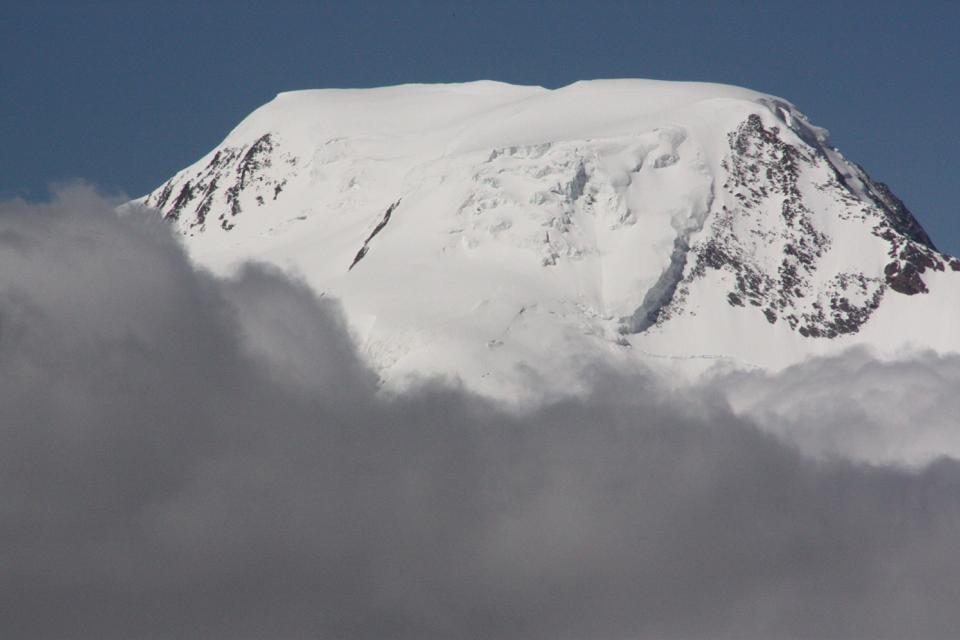
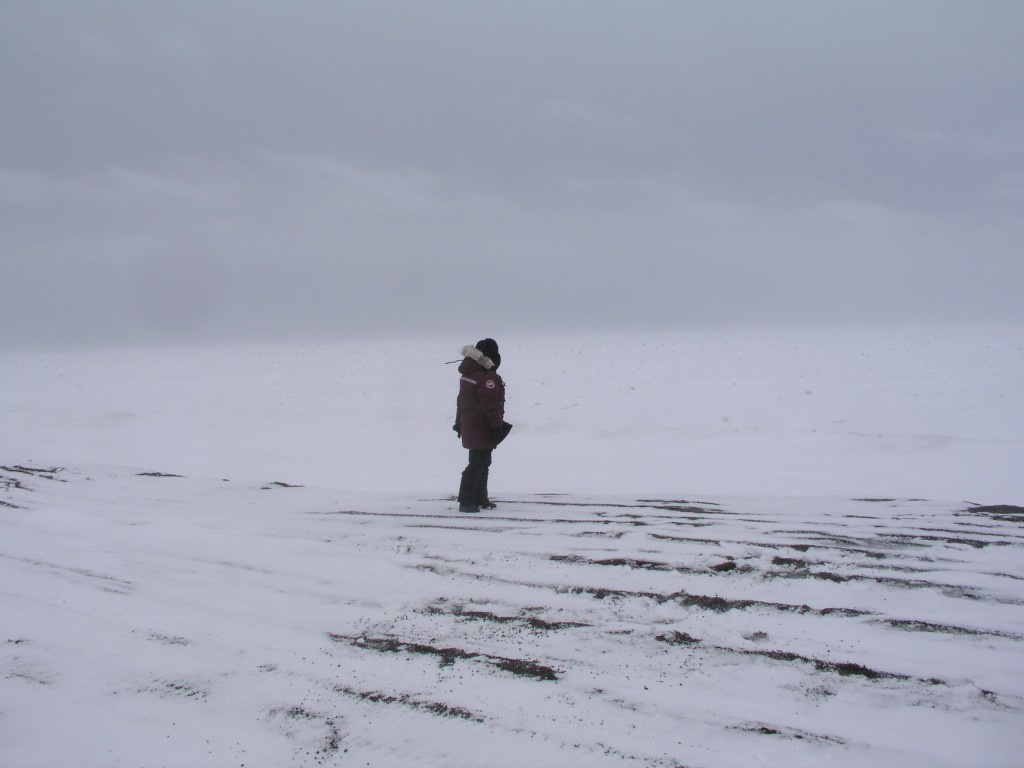
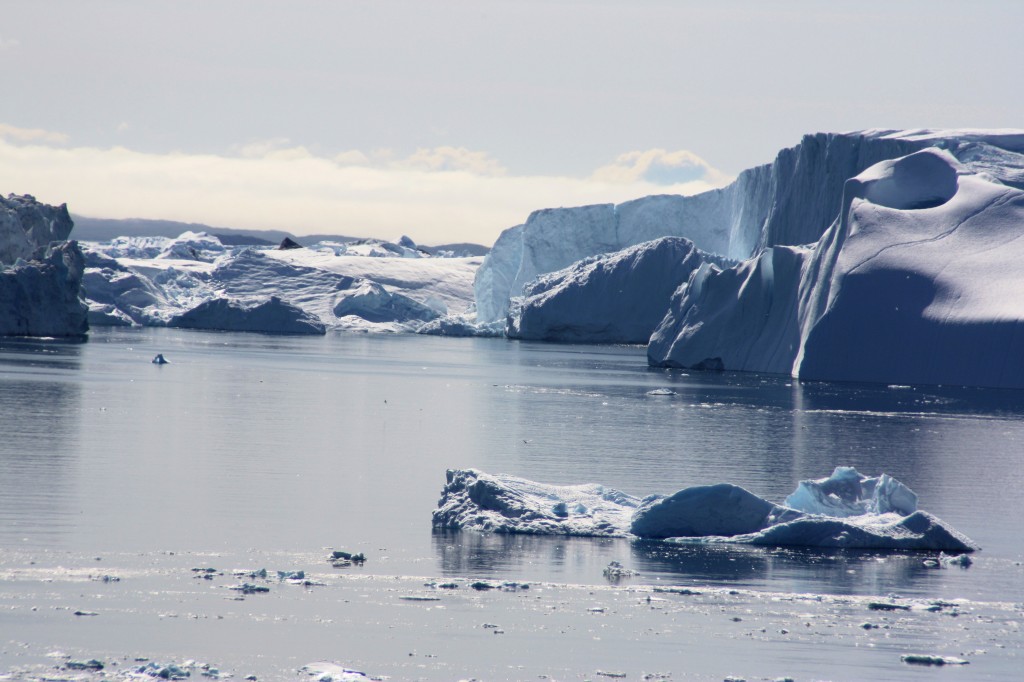
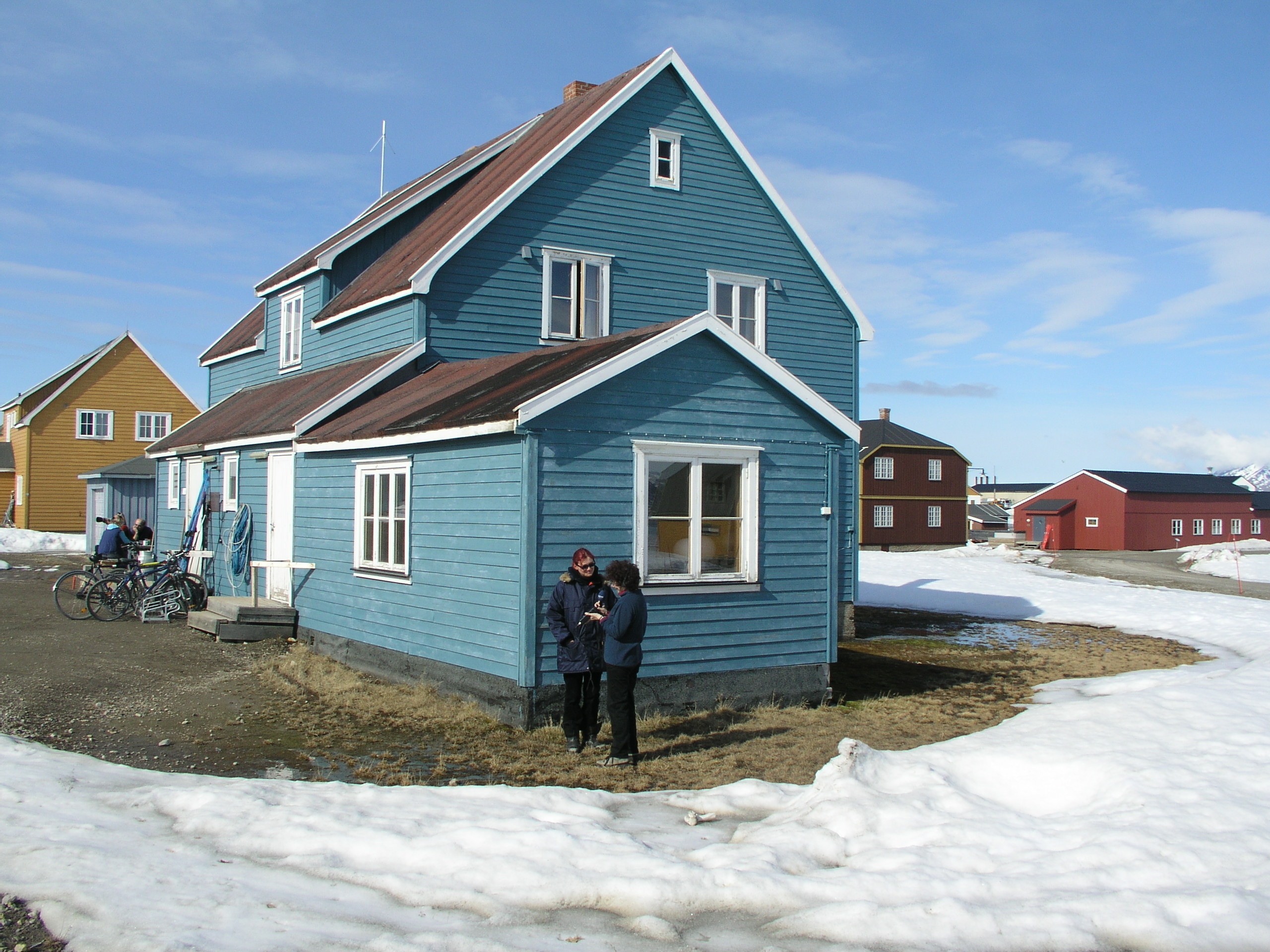
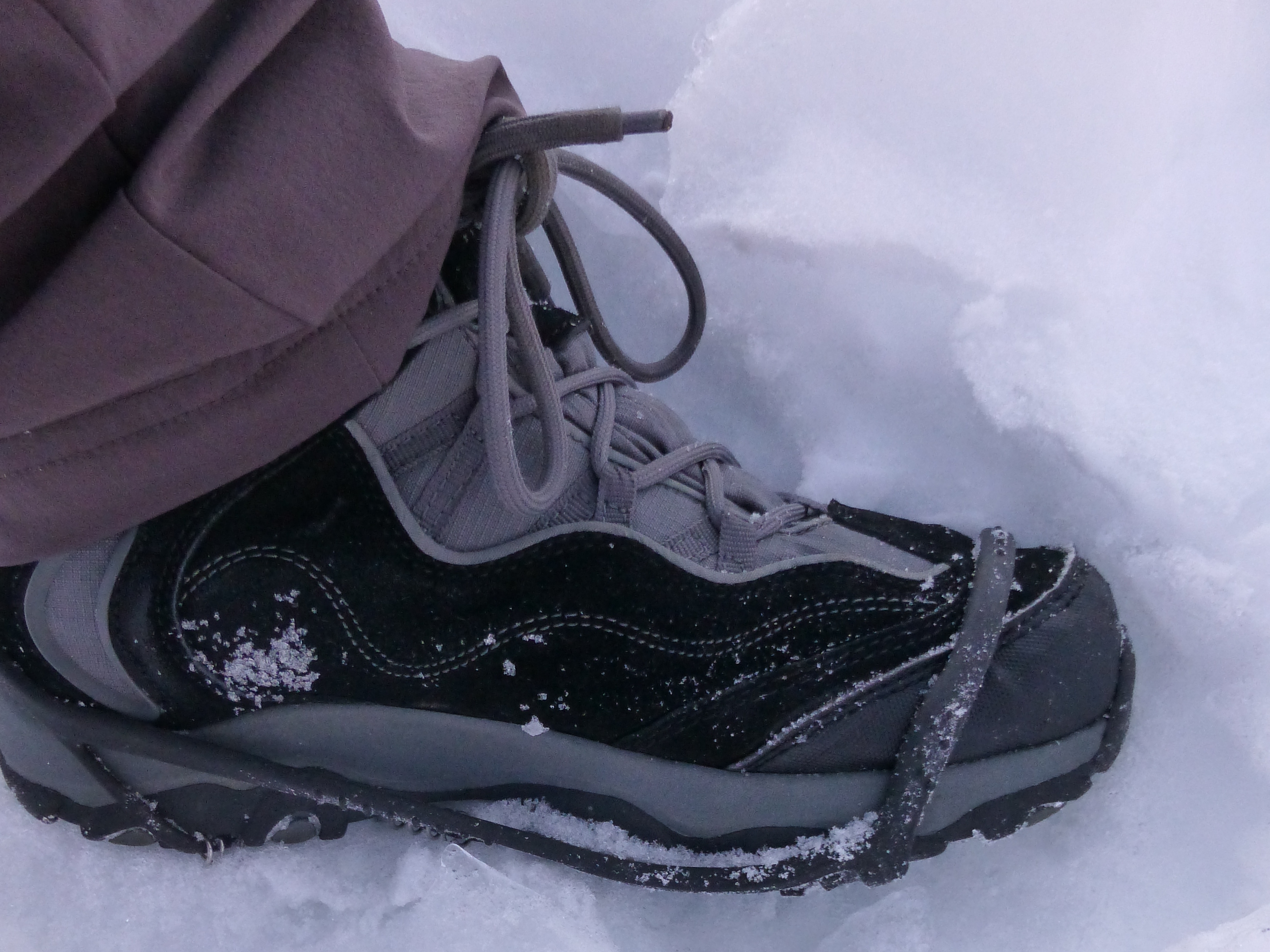

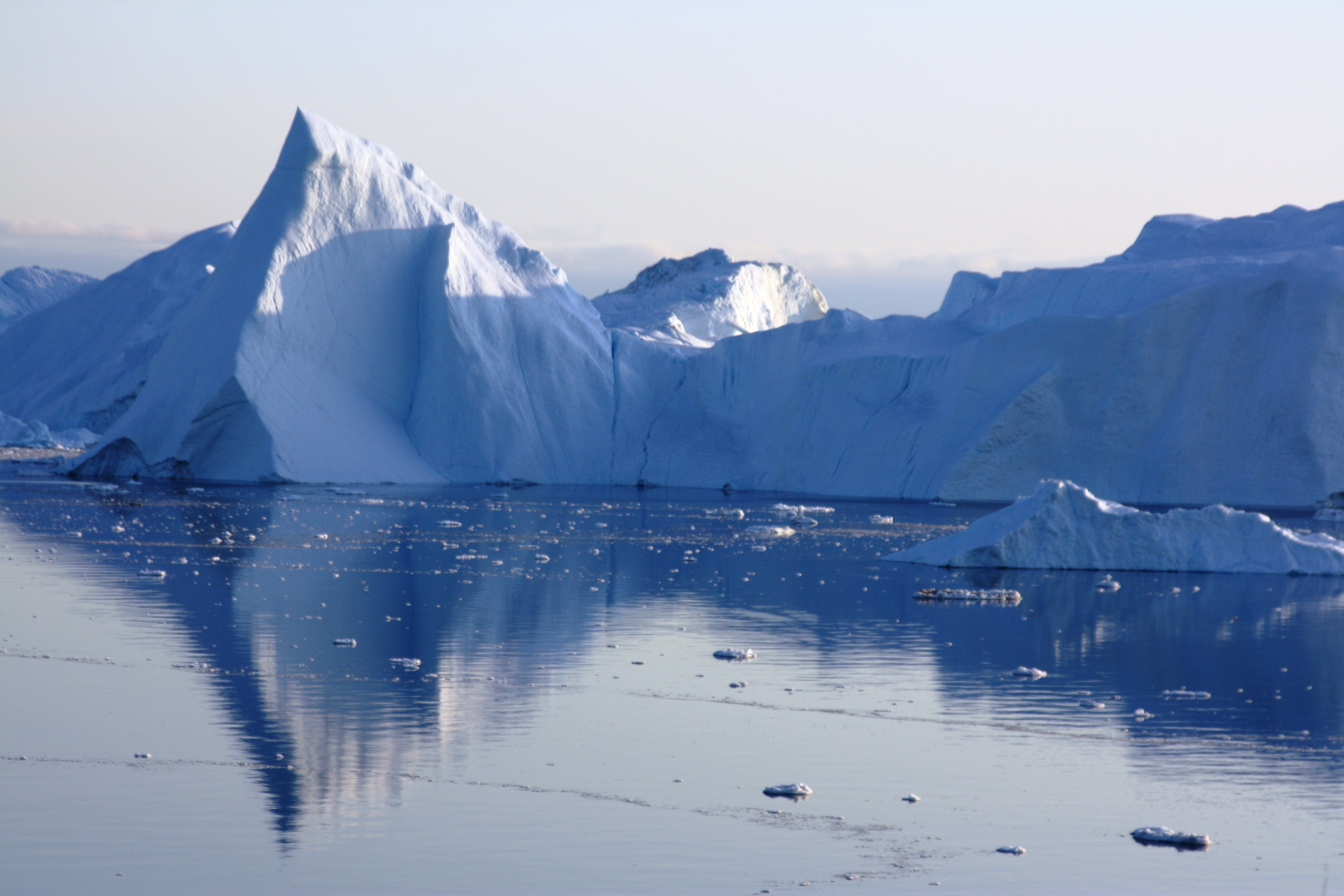
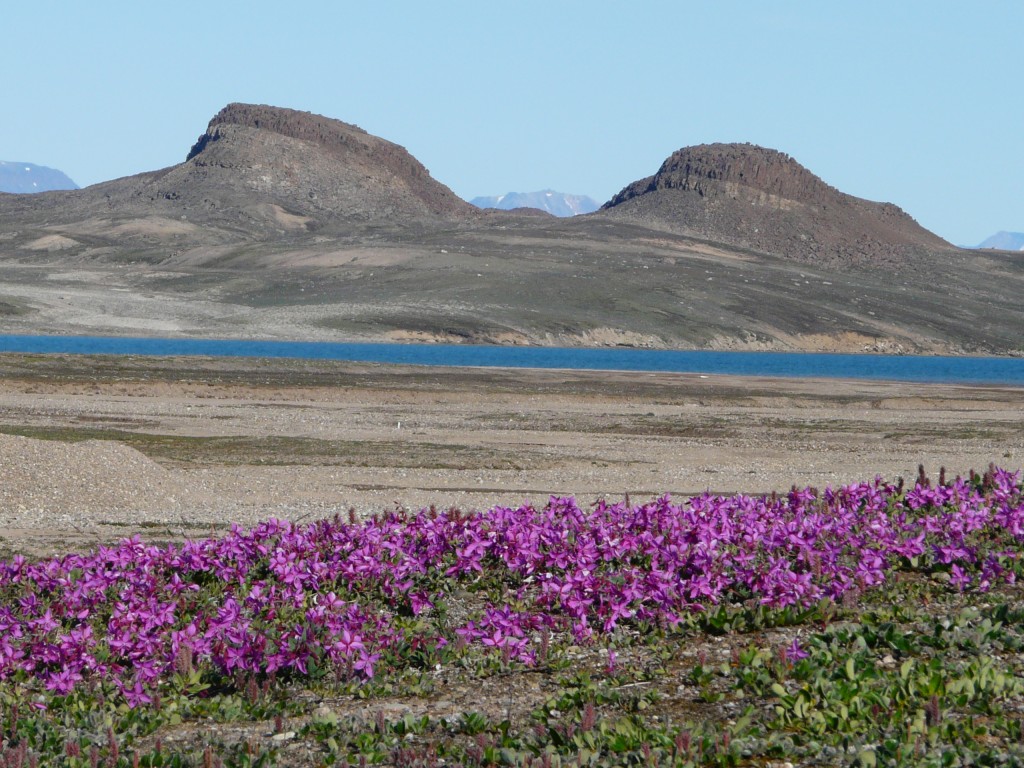
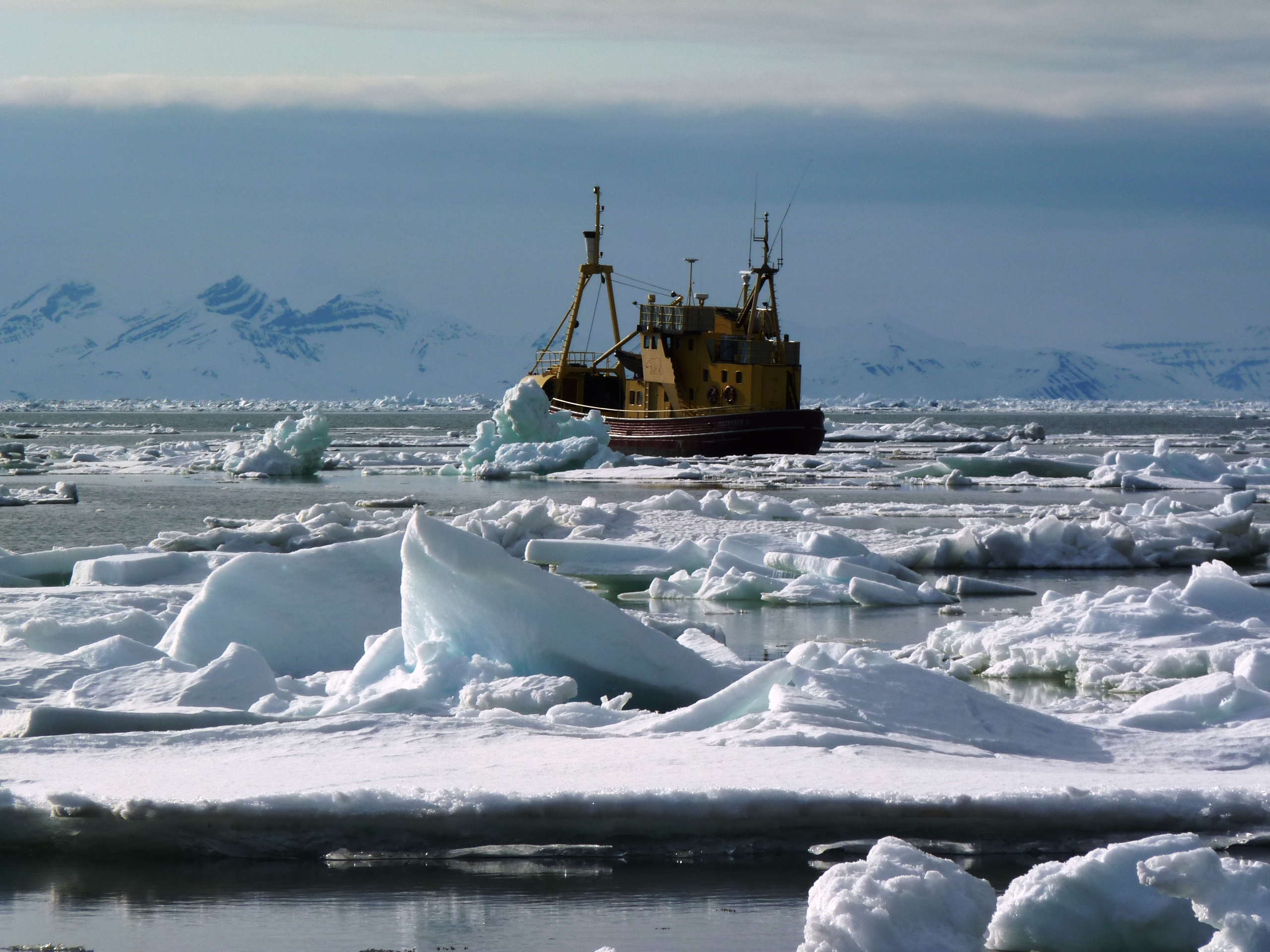
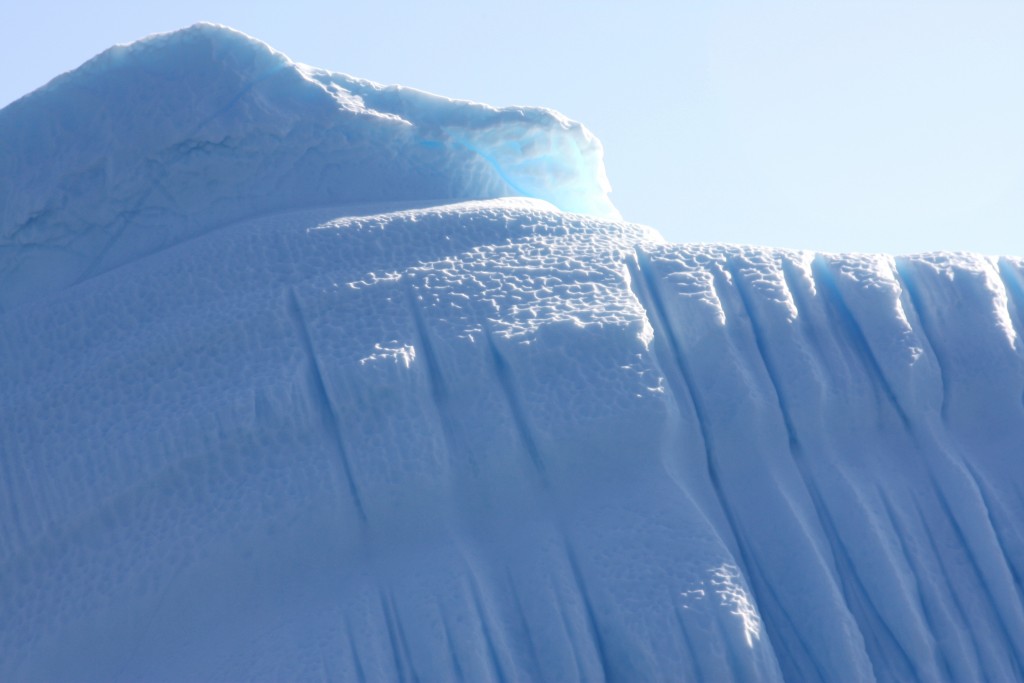

Feedback